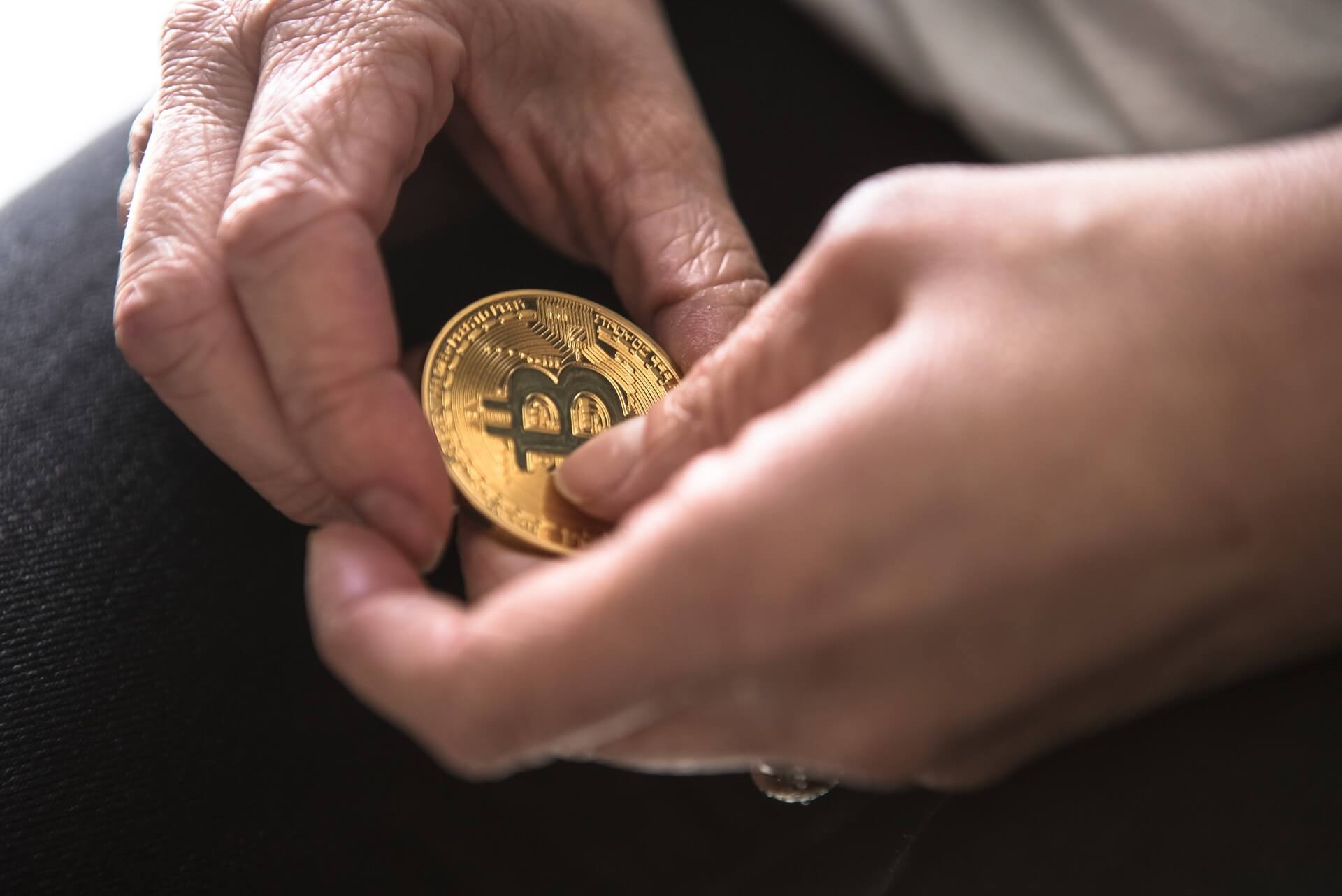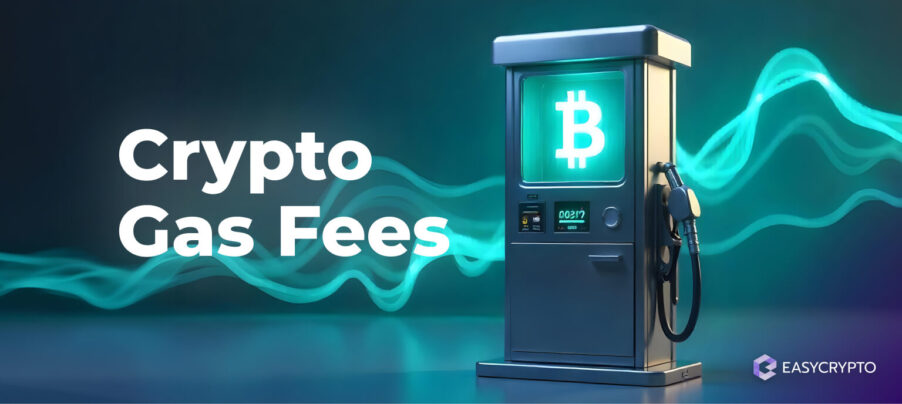What are Stablecoins and How to Buy Them in Australia?
Cryptocurrencies have aroused great interest in investors of this era and have infused a bit of skepticism in conservatives. However, there is one fact that.


Cryptocurrencies have aroused great interest in investors of this era and have infused a bit of skepticism in conservatives. However, there is one fact that cannot be denied; these digital assets have provided substantial profits to people who opted to invest capital at the right timing, thereby changing their lives and dramatically increasing their purchasing power. With that said, these cryptocurrencies are still volatile currently. Therefore, there was a need for a token that would fulfill the function of fiat currencies (USD, EUR, GBP), to help stabilize their volatility. And on that note, what are stablecoins, and what role do they play in the grand scheme of things?
In this article, we’ll be discussing stablecoins and their impact on traders both to save capital and to open trades between a volatile asset and a stable one.
What are Stablecoins?
As the name suggests, stablecoins are cryptocurrencies that were created so that its value remains stable. To maintain this little variability in their market price, they need a backup. The hedging relationship is made with other financial assets, fiat currencies, raw materials, and even other crypto assets.

Stablecoins grew out of the need to control the extreme volatility of cryptocurrencies. Cryptocurrencies, despite being a complete economic revolution, are still unstable in their valuation. This volatility is linked in many ways with speculation in the markets. A situation that is evident in the continuous upward and downward trends that cryptocurrency markets suffer.
The goal behind this is to allow the use of stablecoins by users concerned about such volatility. Well, solving this point would accelerate the adoption of cryptocurrencies by users and businesses.
How many Stablecoins are in the market?
There are currently many stablecoins on the market and they are all used by traders. However, like the many different types of cryptocurrencies, there is a preference for some specific ones, either because they have been issued by a particular exchange company, or because of the real support they have for the fiat currencies they represent. It should be noted that stablecoins are not exclusively anchored to fiat currencies, but also to commodities (such as gold).

For example, Digix Gold is a stablecoin anchored to gold and its relationship is based on the fact that each gram of gold is equal to a DGX token. Thus, it manages to provide the cryptocurrency with a balance in its price. In this case, the gold is also held in bullion as a reserve. This allows them to be certified and audited by a trusted third party, providing assurance of their endorsement.
Tether (USDT)
Tether is one of the oldest and most traded stablecoins so far. It was launched in October 2014 on the Omni protocol (a second layer on top of Bitcoin) by the cryptocurrency exchange Bitfinex. Its objective is to facilitate the use of fiat money digitally through tokens anchored in a 1: 1 ratio to the price of the dollar, the euro, and the yen. These tokens are the USDT, the EURT, and the CNHT.
Currently, Tether works on six different chains: on Bitcoin, running on both the Omni protocol and the Liquid sidechain, on Ethereum, in Tron, in EOS, and in Algorand. This facilitates the flow of the stablecoin through different protocols, taking advantage of its benefits in terms of security, scalability and applications. At the same time, it distributes the points of failure, in such a way that, if any of these networks become saturated or stops working, you can continue trading in any of the other networks.
USD Coin
USD Coin (USDC) is a stablecoin launched by the exchange company Coinbase and the investment startup and OTC cryptocurrency markets Circle, for which they created the Center consortium at the end of 2018. Having just over a year in circulation, there is not so much to tell as in the case of Tether, but it does have certain remarkable characteristics.
As the name implies, it is a stablecoin collateralized with the US dollar in a 1: 1 ratio. Although the Center does not disclose in which banks its reserves are stored and the problem of relying on the word of third parties persists, at least the financial consulting and advisory firm Grant Thornton conducts a monthly audit of the accounts and delivers a public report that can be read by anyone.
USDC runs on the Ethereum blockchain under the ERC-20 standard. It is an open-source project so its code is completely auditable. Your sale can be made through Coinbase in those countries supported by the companies, as well as on various exchange platforms.
MakerDAO’s DAI
MakerDAO is the company behind DAI, a stablecoin pegged to the price of the dollar in a 1:1 ratio but, unlike the previous ones, its backing collateral is held in Ethers stored in a smart contract in Ethereum.
Contrary to the aforementioned stablecoins – centralized projects in administration and governance of their tokens and with their backing funds in banks – decentralization is an important value and objective at MakerDAO. This is why, in addition to DAI, they have a utility token, the MakerCoin (MKR) for the governance of their platform, and the payment of their operating commissions.
The stability fee is the annual interest rate on DAI loans that mainly affects the DAI supply as it alters the cost of creating the token. The cheaper it is to borrow DAI, the more users are incentivized to do so. On the contrary, when the rate is higher, fewer users will want to borrow it. Thus, it is a tool to control the currency in circulation.
Why should I buy stablecoins?
The concept of stablecoins is to provide stability in an environment as volatile as the cryptocurrency market, so these tokens are economically backed by real assets. Thanks to this, coin holders turn to an asset that is tangible and backed by real value. Allowing them to redeem these assets at the conversion rate to take possession of the actual assets they represent.

Stablecoins offer great stability in its market value. While stability does not mean invariance, stablecoin prices are not as susceptible to large price swings for cryptocurrencies. These features are something that crypto investors greatly appreciate.
They also offer great liquidity thanks to tokenization. This is especially true when stablecoins base their stability on commodities, as it brings greater liquidity by facilitating better price formation.
How to buy Stablecoins
To buy stablecoins you must register with an exchange platform that has these tokens. According to your needs, you can choose between any stablecoin that is available in the market of your crypto exchange.
You can buy stablecoins through debit cards, bank wire transfers or directly within the exchange with other cryptocurrencies such as Bitcoin, Ethereum, Litecoin, etc.
Buying stablecoins will become very necessary for your crypto investments when waiting for the market volatility to pass, especially if we consider that we can hold out until the price dumps and buy even cheaper tokens.
With that said, we hope this article has proven useful for those wanting to learn more about stablecoins, reasons to invest in them, their applications and how to exchange for them in Australia.
Share to
Stay curious and informed
Your info will be handled according to our Privacy Policy.
Make sure to follow our Facebook, Twitter, Instagram, and YouTube channel to stay up-to-date with Easy Crypto!
Also, don’t forget to subscribe to our monthly newsletter to have the latest crypto insights, news, and updates delivered to our inbox.
Disclaimer: Information is current as at the date of publication. This is general information only and is not intended to be advice. Crypto is volatile, carries risk and the value can go up and down. Past performance is not an indicator of future returns. Please do your own research.
Last updated December 1, 2021





